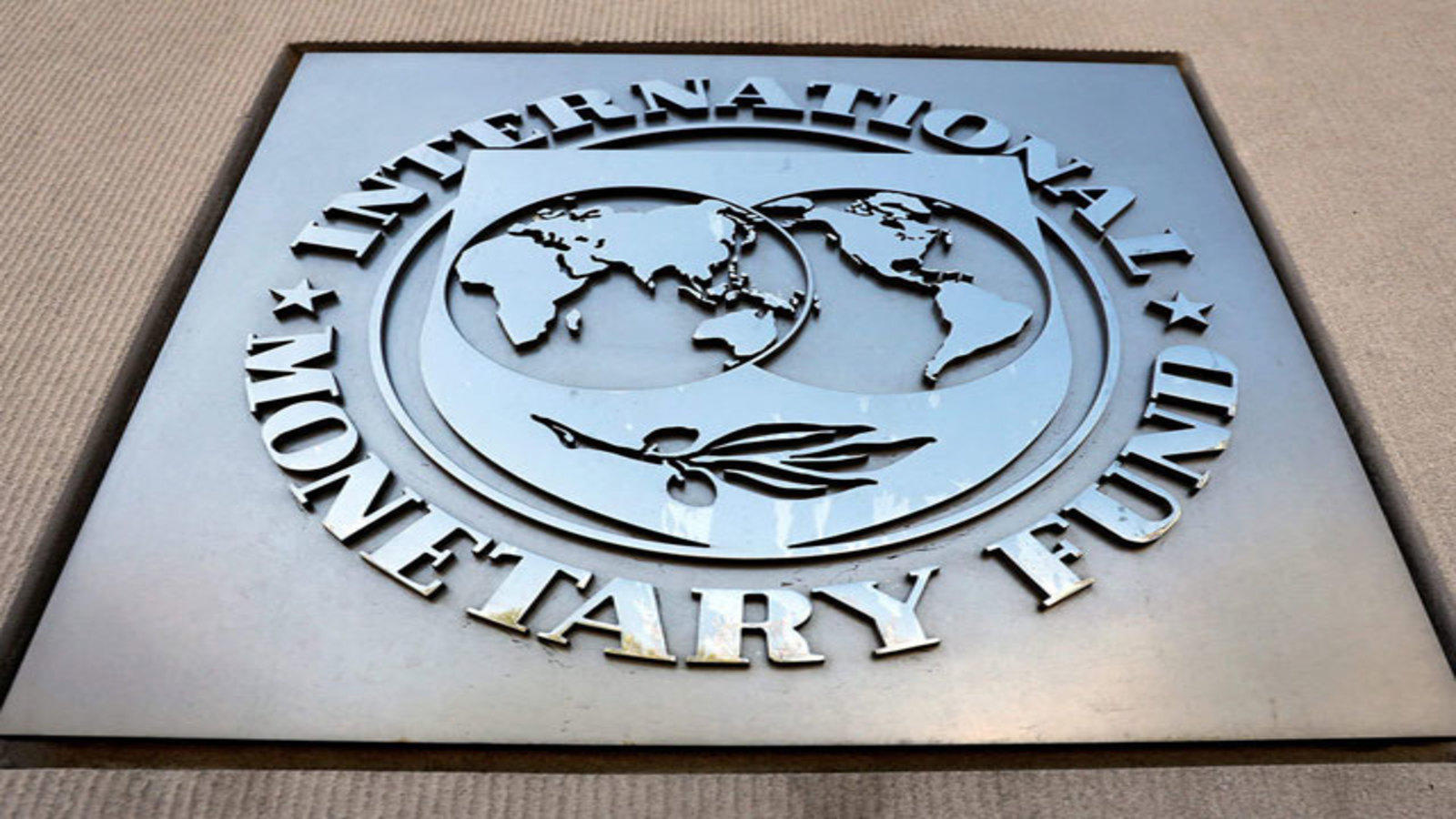With the country and world reeling under the impact of the coronavirus pandemic, the Indian economy is expected to grow at -10.3 % ( i.e., a contraction) in 2020 as per the International Monetary Fund (IMF). Global growth is projected to be -4.4% ( i.e., a contraction in output of 4.4%) for this year , the IMF said with the release of its World Economic Outlook October 2020 report titled, “A Long and Difficult Ascent”.
The 2020 projection for India is a downgrade of -5.8 percentage points from the IMF’s June projection for the country. India is expected to rebound in 2021 with 8.8 percent growth – an upgrade of 2.8 percentage points relative to the June update.
“Revisions to the forecast are particularly large for India, where GDP contracted much more severely than expected in the second quarter,” the report said. Consumer prices in India are expected to grow at 4.9% this year and 3.7% in 2021. The current account balance is projected to grow by 0.3% this year and -0.9% (i.e., a contraction) next year.
For the world as a whole, the 2020 growth projection has been revised upwards by 0.8 percentage points relative to June– a result of a less dire second quarter and signs of a stronger recovery in the third quarter, partly offset by downgrades in certain developing countries and emerging economies (except China).
The recovery in 2021 is projected to be at 5.2% – lower than the June 2020 projections. After 2021, global growth is expected to ease off at 3.5% in the medium term. Except for China, where output this year is expected to exceed 2019 levels, advanced, developing and emerging market economies are expected to see lower output even next year, IMF Chief Economist Gita Gopinath said in a note that illustrated the uneven recovery across country groups.
The U.S. economy is expected to grow by -4.3 % this year (i.e., contract) and grow by 3.1% next year. The corresponding numbers for the Euro Area are -8.3% and 5.2%. For China they are 1.9% and 8.2% respectively.
“The crisis is however far from over,” Ms Gopinath said, warning that the labour market has become more polarized, with low-income workers, women and youth being hit harder.
The world will not catch up fully to its pre-pandemic 2020-25 projected growth trajectory the report said, reversing progress made since the 1990s in reducing poverty and increasing inequality and causing a “severe setback” to projected improvements in living-standards across all groups of countries.
The Fund projects that close to 90 million people could fall below the $ 1.90/day extreme poverty threshold (the World Bank last week projected that there could be up to 150 million additional extreme poor in 2020, 2021).
Along with subdued growth for the medium term, the stock of sovereign debt is expected to increase. The projections are based on the assumption that social distancing continues into 2021 fading as vaccine coverage expands and therapies improve. By the end of 2022 local transmission is expected to be low in the forecasting model. However, these projections come with “unusually large” uncertainties.


